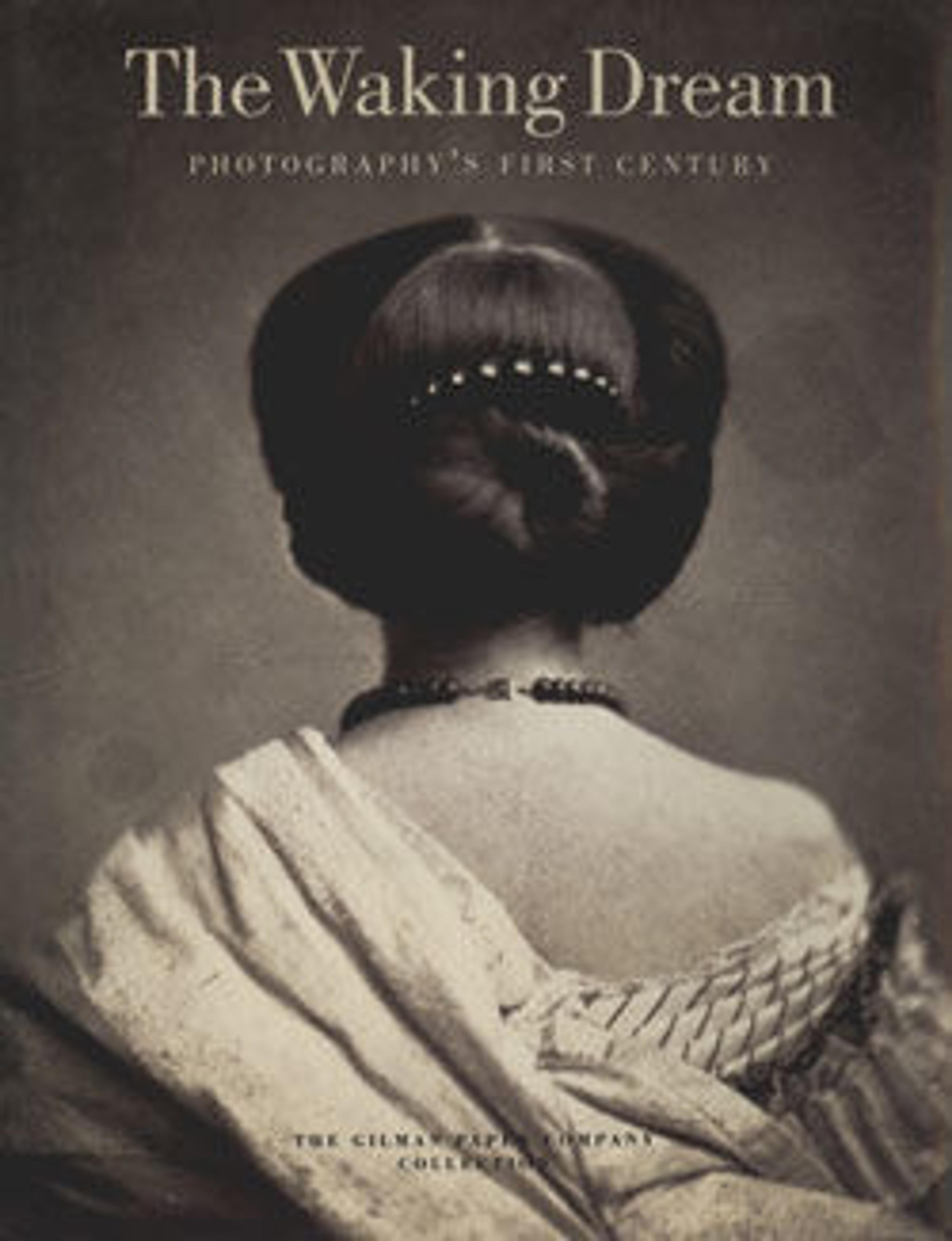[The Earl Canning, Barnes Court, Simla]
Charles John, Viscount and later Earl Canning (1812–1862), assumed his role as governor general of India in 1856 and had the difficult task of dealing with the Indian Mutiny against British rule the following year and pacifying the country after the insurrection. In 1858, Queen Victoria appointed him the first viceroy of the subcontinent. Even in a private moment, looking out over the countryside from the terrace of Barnes Court, his Gothic-style summer residence in Simla, Lord Canning exudes the authority of his rank and displays in his dress the same fastidious style that characterizes his dispatches. Tall and stately in bearing, with a cold, handsome face, Lord Canning was reserved and uncommunicative, though as an administrator he had the reputation of being a stickler for fairness. British residents who opposed his policy of reconciliation in the aftermath of the mutiny gave him the nickname Clemency Canning.
Both Lord Canning and his wife, Lady Charlotte, were major patrons of photography in India, and Lady Canning was herself an amateur photographer. The elegant album, bound in green morocco, that includes this image comprises 117 photographs which offer a close look at the life of the Cannings from 1858 and 1861. It revolves in great measure around the personality and interests of Lady Charlotte Canning (1817–1861), a fabled beauty in her youth and a former lady-in-waiting to Queen Victoria, with whom she maintained a lively correspondence (see no. 101).
Lady Canning's unexpected death left her husband inconsolable. A view of the gardens at her favorite country house at Barrackpur, near Calcutta, is among the last pictures in the album; it is dated November 18, 1861, the day of her death.
Both Lord Canning and his wife, Lady Charlotte, were major patrons of photography in India, and Lady Canning was herself an amateur photographer. The elegant album, bound in green morocco, that includes this image comprises 117 photographs which offer a close look at the life of the Cannings from 1858 and 1861. It revolves in great measure around the personality and interests of Lady Charlotte Canning (1817–1861), a fabled beauty in her youth and a former lady-in-waiting to Queen Victoria, with whom she maintained a lively correspondence (see no. 101).
Lady Canning's unexpected death left her husband inconsolable. A view of the gardens at her favorite country house at Barrackpur, near Calcutta, is among the last pictures in the album; it is dated November 18, 1861, the day of her death.
Artwork Details
- Title:[The Earl Canning, Barnes Court, Simla]
- Artist:Unknown
- Date:1861
- Medium:Albumen silver print from glass negative
- Dimensions:Image: 26.3 x 21.9 cm (10 3/8 x 8 5/8 in.), corners trimmed
Mount: 33 x 26.1 cm (13 x 10 1/4 in.) - Classification:Photographs
- Credit Line:Gilman Collection, Purchase, Cynthia Hazen Polsky Gift, 2005
- Object Number:2005.100.491.1 (6)
- Curatorial Department: Photographs
More Artwork
Research Resources
The Met provides unparalleled resources for research and welcomes an international community of students and scholars. The Met's Open Access API is where creators and researchers can connect to the The Met collection. Open Access data and public domain images are available for unrestricted commercial and noncommercial use without permission or fee.
To request images under copyright and other restrictions, please use this Image Request form.
Feedback
We continue to research and examine historical and cultural context for objects in The Met collection. If you have comments or questions about this object record, please contact us using the form below. The Museum looks forward to receiving your comments.
